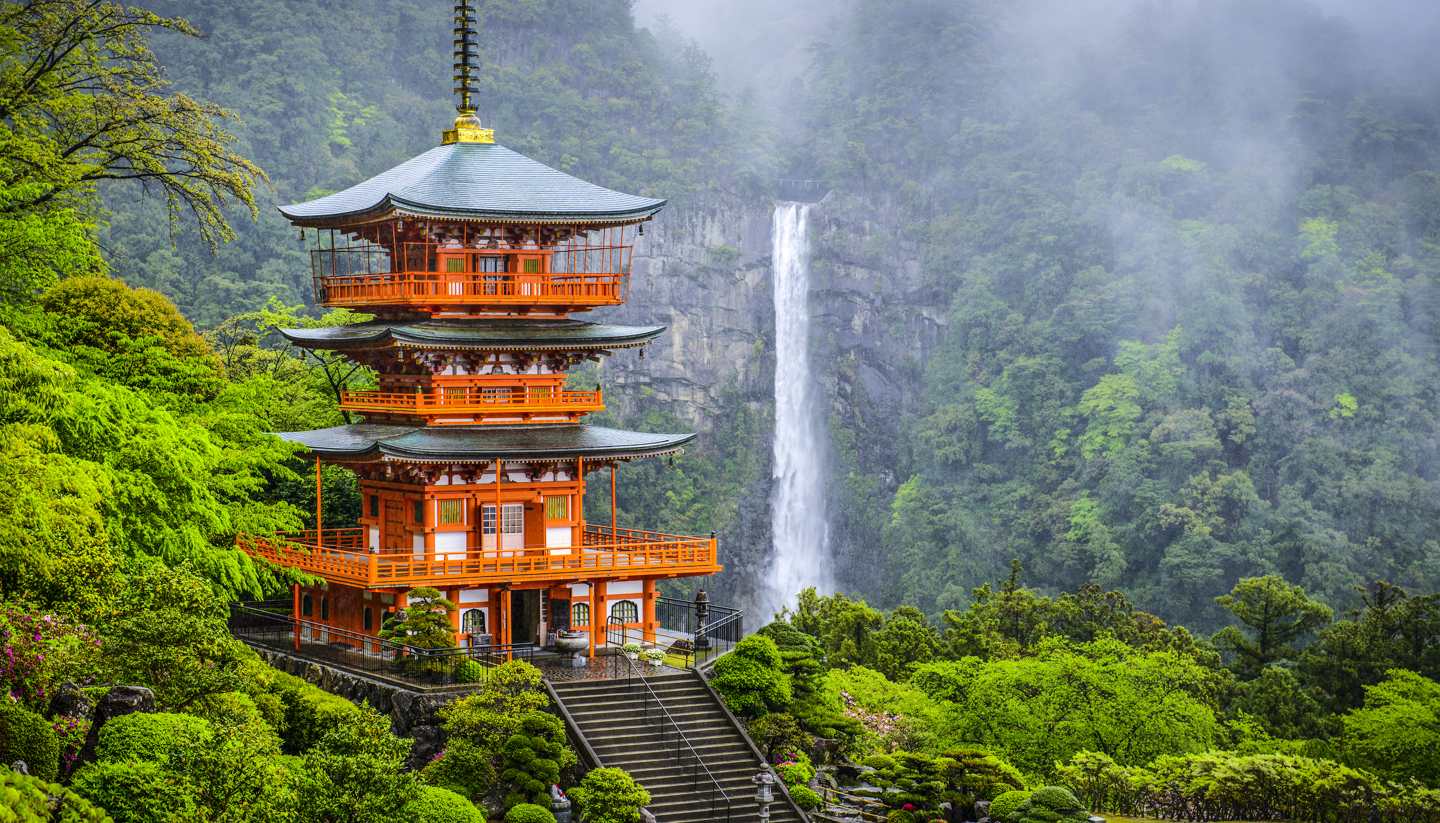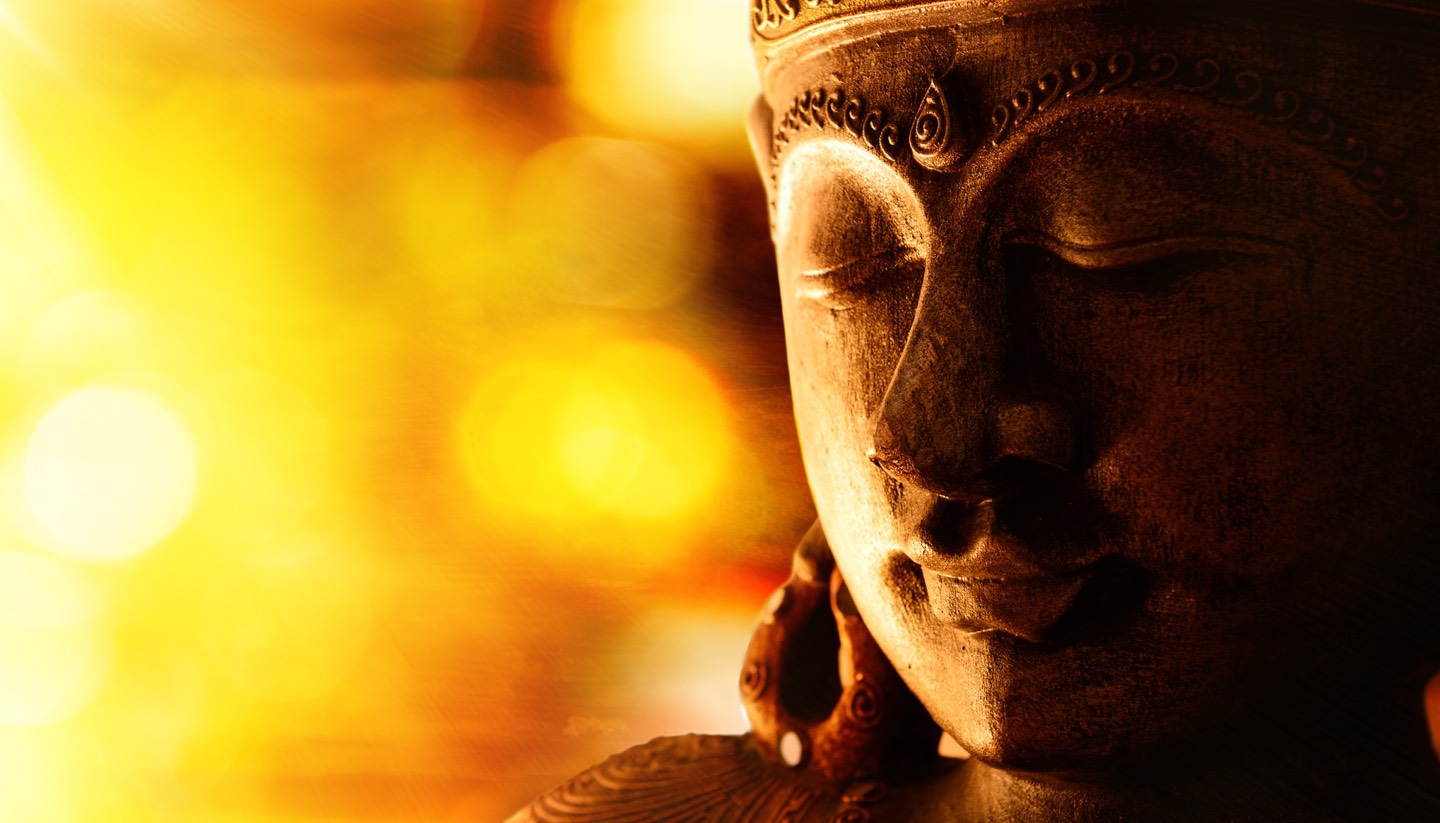Where to stay in Japan
Hotels
Hotels can be 'Japanese' or 'Western' in style or a mix of both. Western-style accommodation is much like any modern US or European hotel, often with an excellent level of service.
A Japanese-style hotel is called a ryokan. The rooms feature tatami (straw mat flooring), fold-away futon beds and a zataku (a short table where you sit on the floor around it). Guests will receive yukata (cotton kimono) and slippers – wearing both are acceptable in your room and around the ryokan. Prices for ryokan range from reasonable, for basic inns with shared baths, to expensive, for the most exclusive ones where rates will invariably include lavish breakfast and dinner meals, a private garden view and extremely attentive service.
Most top-end hotels levy a service charge of 10 to 15% on the bill. The Tokyo Metropolitan Government also enforces a small accommodation tax of ¥100 per night on hotels and ryokan around the city that charge over ¥10,000 per room (¥200 per night if the room costs over ¥15,000).
No-frills business hotel chains such as Toyoko Inn (www.toyoko-inn.com) have become very popular; you'll find them in convenient locations in most cities and towns.
Bed and breakfast
Minshuku, often found in vacation spots, is the Japanese equivalent of home-style lodging or pensions. Rates are moderate, and visitors receive fewer amenities than ryokan or Western-style hotels. Visitors are expected to fold up their bedding and stow it away in a closet, and towels are usually not provided. Slippers are worn in the house. The price usually includes two meals per day.
Camping
Campsites with cooking and bathing facilities can be found all over Japan. Many are located near spectacularly scenic areas and must be reserved in advance. The National Camping Association of Japan (camping.or.jp) has information on campsite locations and facilities.
Other accomodation
There are over 600 youth hostels throughout Japan in both urban and rural areas. Reservations well in advance are advisable, particularly during spring and summer. Facilities vary between hostels, and it's best to check in advance about sleeping and bathing arrangements and curfews. Privately operated backpacker hostels that cater to international visitors are also becoming more common in major cities. Their rates are competitive, and they usually provide free information on local attractions.
Some temples offer the unique experience of shukubo (temple lodging), particularly in popular pilgrimage destinations such as Kyoto, Nagano, Mount Mitake and Dewa Sanzan. Facilities tend to be basic and guests are expected to join the routines of the austere monks like participating in morning prayers, doing chores, and eating simple but filling vegetarian meals (known as shojin ryori).
Capsule hotels are a fun and economical option and are becoming more popular with budget travellers. Each capsule is basically just a compact sleeping space, on sex-segregated floors, but many have hi-tech consoles like television, internet and mobile phone charging facilities. Luggage is stored in a locker, and bathing facilities are usually shared.




